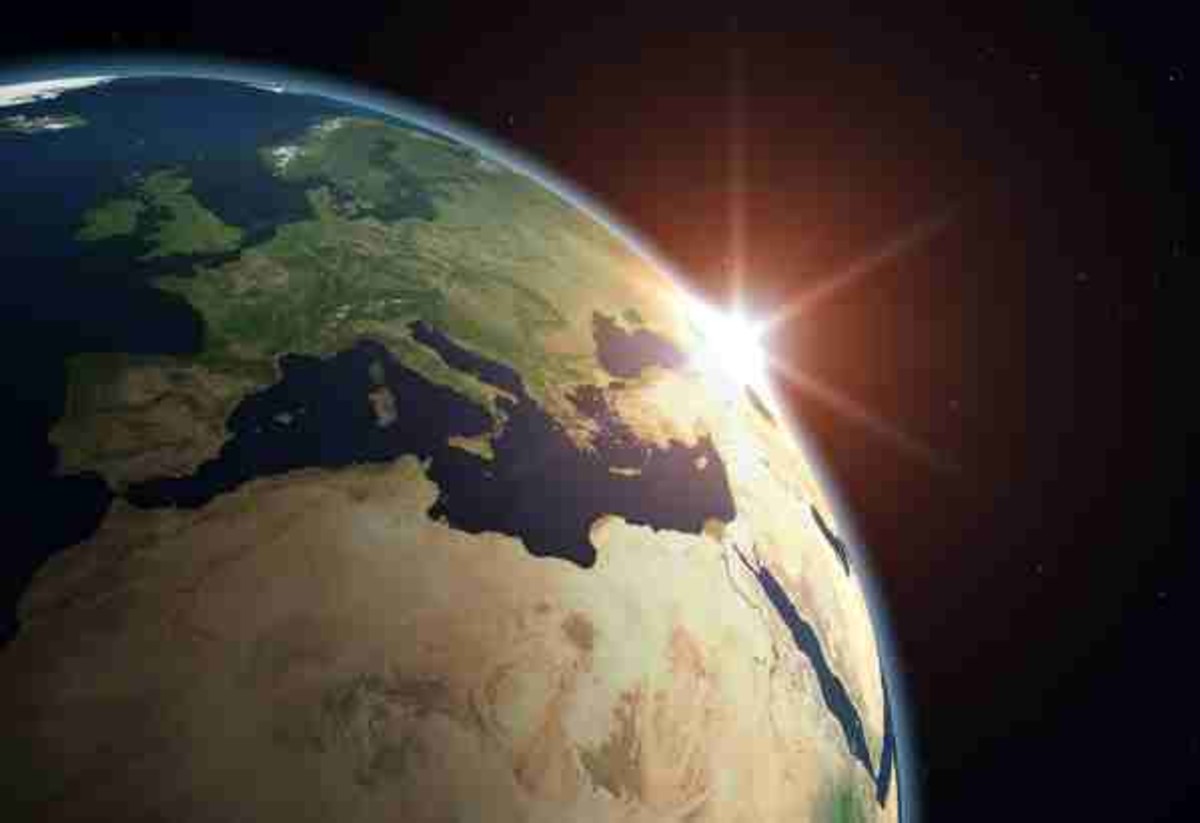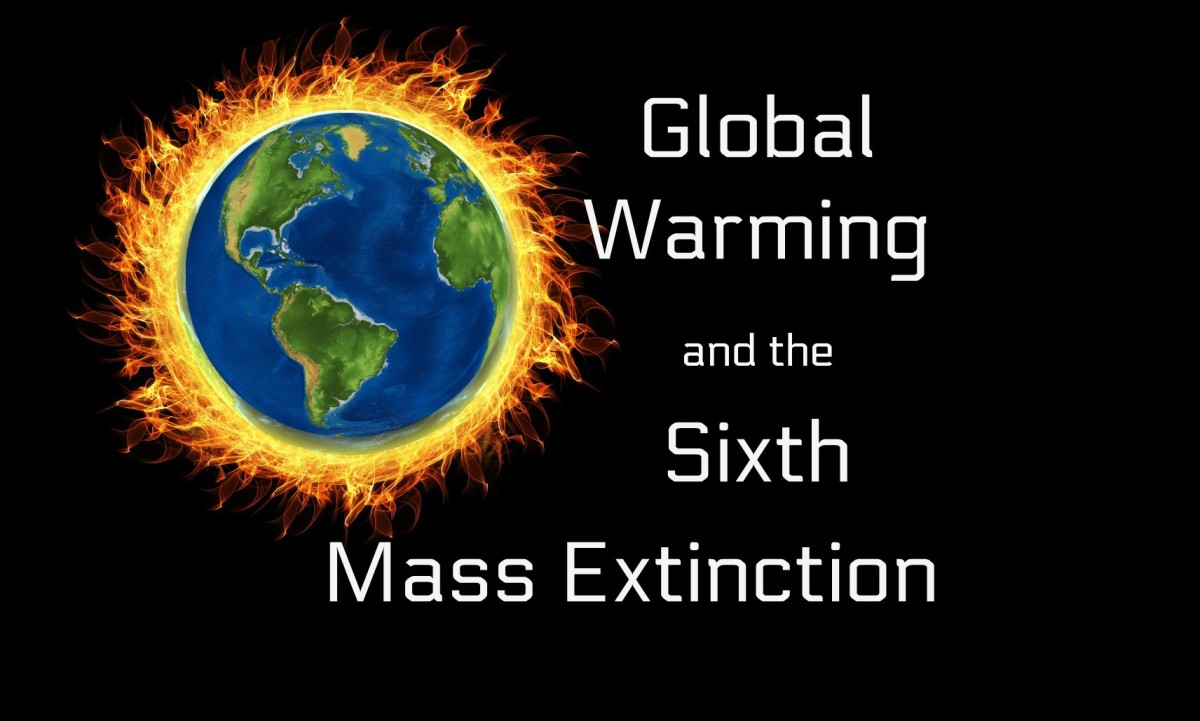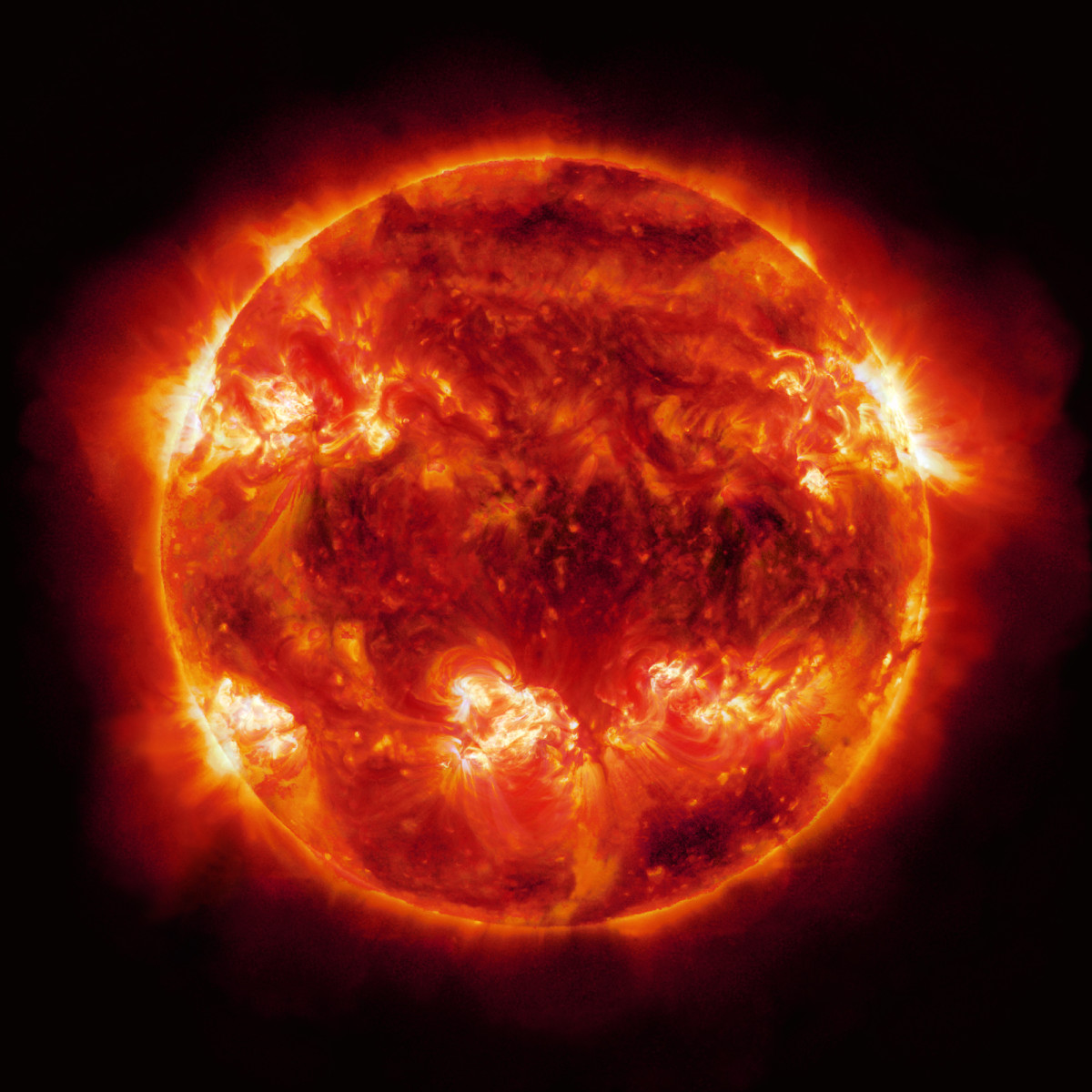What Will the Future of the Earth?
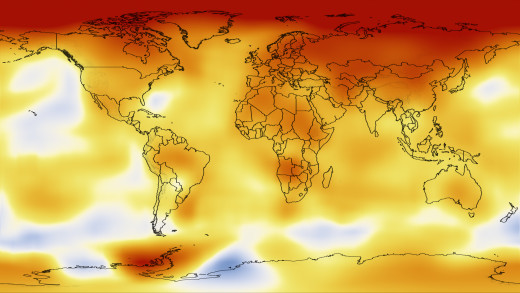
Scientists have made, and continue to make, many discoveries in the past regarding global warming and World temperature.
According to a study, the average global temperature in 2016 was 1.2 degrees higher than before pre-industrial temperatures, which is why we quickly reached this target of 1.5 degrees Celsius. Where the hope was to reach the that point at end of the 21st century, to mitigate the effects of global warming. According to Gavin Schmidt, NASA's director of space studies, global warming is not slowing down, while everything seems to be rocking the system. Experts say that even if the emission of toxic gases reaches zero in the near future, the process of human-caused climate change will continue for centuries and we know that the release of toxic gases can never be stopped. According to scientists, we are trying to slow down these conditions and reduce these problems to some extent.
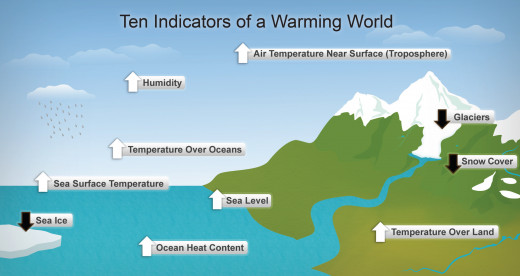
How does global warming change influence the situation of the ice age in our future? In the long haul, very little. In the close to term, be that as it may, an Earth-wide temperature boost could change our reality radically. The full impacts of a worldwide temperature alteration will be felt in the following 100 years, state by 2100. Around then, environmental carbon dioxide levels will be higher than whenever during the previous 650,000 years [source: Thompson and Than]. The carbon dioxide will keep sun oriented vitality from emanating once more into space, warming the planet extensively. As normal temperatures rise, even only two or three degrees, ice sheets will liquefy, ocean levels will raise and beach front flooding will happen. The seas will likewise be hotter and increasingly acidic, which will cause an across the board breakdown of coral reefs. Numerous marine species will confront eradication; however they won't be separated from everyone else. Ashore, a fourth of all types of plants and creatures will vanish for eternity.
It may be a little difficult for all of us to accept these conditions, but if such conditions continue, we will not be able to imagine what the world will be like in the next 100 years. According to experts, it is impossible to limit the rise in temperature to 1.5 degrees Celsius as a long-term goal, and given the current situation, it is certain that by 2030 we will have surpassed this target, However, experts are hopeful that it can be stopped now that the temperature has risen by 2 degrees Celsius compared to before the industrial era, But this is the goal that the United Nations expects it not to be, and if we stop somewhere between these two goals now, So at the end of this century, it is certain that the average global temperature will rise by 3 degrees Celsius compared to the current era, But an increase in temperature alone does not give a true picture of climate change, but the normal temperature in an area will rise and fall very rapidly and cause the destruction of the environment there.
Experts say that as a result of such events, it will become normal for the oceans to lose ice, and by the summer of 2050, it will be common to clear snow from Greenland, when 97% of Greenland's ice will fall. The surface melted in the summer, this usually happens once in a century, but at the end of this century we will see such events once every 6 years. But the good news is that Antarctica The ice will remain fairly stable and will not have much effect on the rising sea level.
Another major problem as a result of climate change is raising sea levels, and even in the best case scenario, sea levels are expected to rise by an average of 2 to 3 feet by 2100, which could be catastrophic. Not only will there be a problem with ice, but the acidity in their waters will also increase. Oceans around the world absorb one-third of their carbon dioxide on their surface, making them warmer and more acidic.
According to experts, if climate change continues to increase, all the coral reefs in the oceans will be wiped out. Yes, but the rising sea temperature is not boiling the oceans. Even if we reduce the emission of toxic gases, by 2050 the intensity of heat in humid areas will increase by 50% during the day and in the north. Days will be 10 to 20 percent warmer. This is in the form of a reduction in toxic gas emissions. If the current situation continues, global temperatures will rise to unbearable levels during the summer.
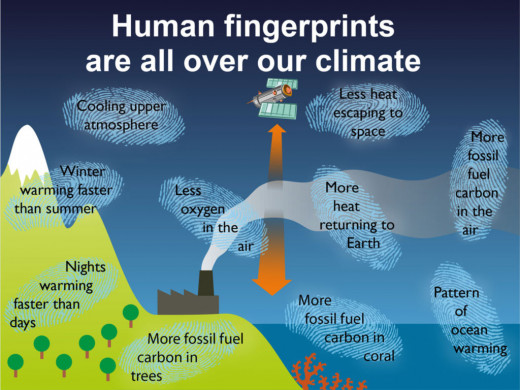
Even a slight increase in temperature would be catastrophic for water resources. According to a study, the world will soon face days of severe famine and if the same conditions continue, the rate of severe famine worldwide will increase to 40%, which will be twice as high as today. The weather problems will be different, the El Niینوo waves in 2015-2016 show that we will face more dramatic natural disasters in the future, more catastrophic storms will occur, forest fires will increase while By 2070, heatwaves will become commonplace.
Humanity is standing on a stack right now; we can ignore the warning signs and pollution to some extent, but know that if we do, we will be forced to live on a very different planet in the next few decades, that is, the present. Experts say that by 2100 we will be on a planet that will be much hotter than it is today and that this difference will determine the scale of saving or ending millions of lives.
© 2020 Ahtesham Soomro


